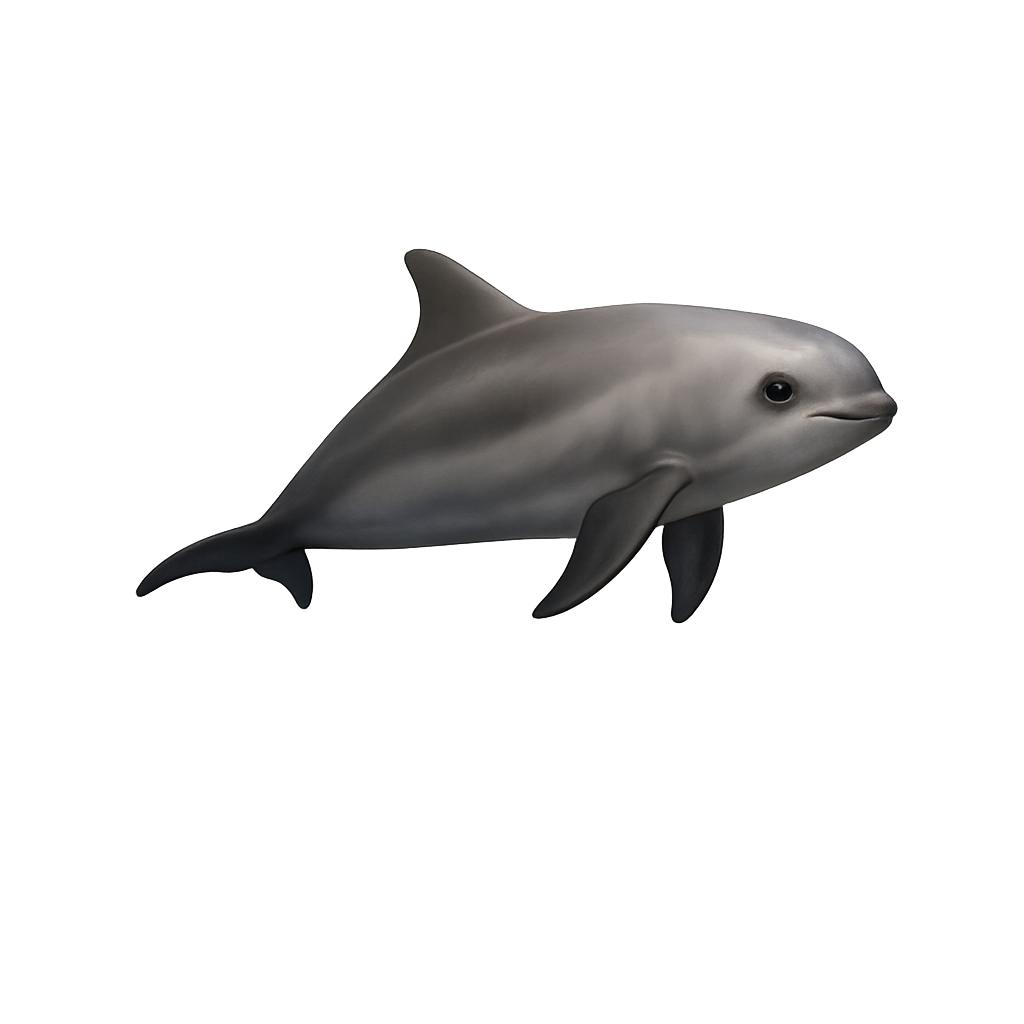Your wildlife photography guide.
Explore the vaquita porpoise in detail, study its behavior, prepare your shots.
Where to observe and photograph the vaquita porpoise in the wild
Learn where and when to spot the vaquita porpoise in the wild, how to identify the species based on distinctive features, and what natural environments it inhabits. The WildlifePhotographer app offers tailored photography tips that reflect the vaquita porpoise’s behavior, helping you capture better wildlife images. Explore the full species profile for key information including description, habitat, active periods, and approach techniques.
Vaquita porpoise
Scientific name: Phocoena sinus

IUCN Status: Critically Endangered
Family: PHOCOENIDAE
Group: Mammals
Sensitivity to human approach: Very shy
Minimum approach distance: 50 m
Rut period: March to April
Gestation: 310-330 jours
Births: February to March
Habitat:
Brackish, turbid waters of the Upper Gulf of California
Activity period :
Active intermittently throughout day and night.
Identification and description:
The vaquita is a small porpoise (1.3–1.5 m, 40–60 kg) endemic to the Upper Gulf of California, with pale grey-blue skin and rounded head. Critically endangered, it uses echolocation to hunt fish and shrimp in turbid, shallow waters (<30 m). Fewer than 10 remain due to bycatch in gillnets and illegal fishing.
Recommended lens:
300 mm – adjust based on distance, desired framing (portrait or habitat), and approach conditions.
Photography tips:
Photograph the vaquita from a research vessel at distance using a telephoto lens of ≥300 mm at dawn. Approach slowly, idle the engine to reduce noise, use a fast shutter speed to freeze splashes, and shallow depth of field to isolate the animal against turbid water.
The WildlifePhotographer App is coming soon!
Be the first to explore the best nature spots, track rutting seasons, log your observations, and observe more wildlife.
Already 1 449 wildlife lovers subscribed worldwide

